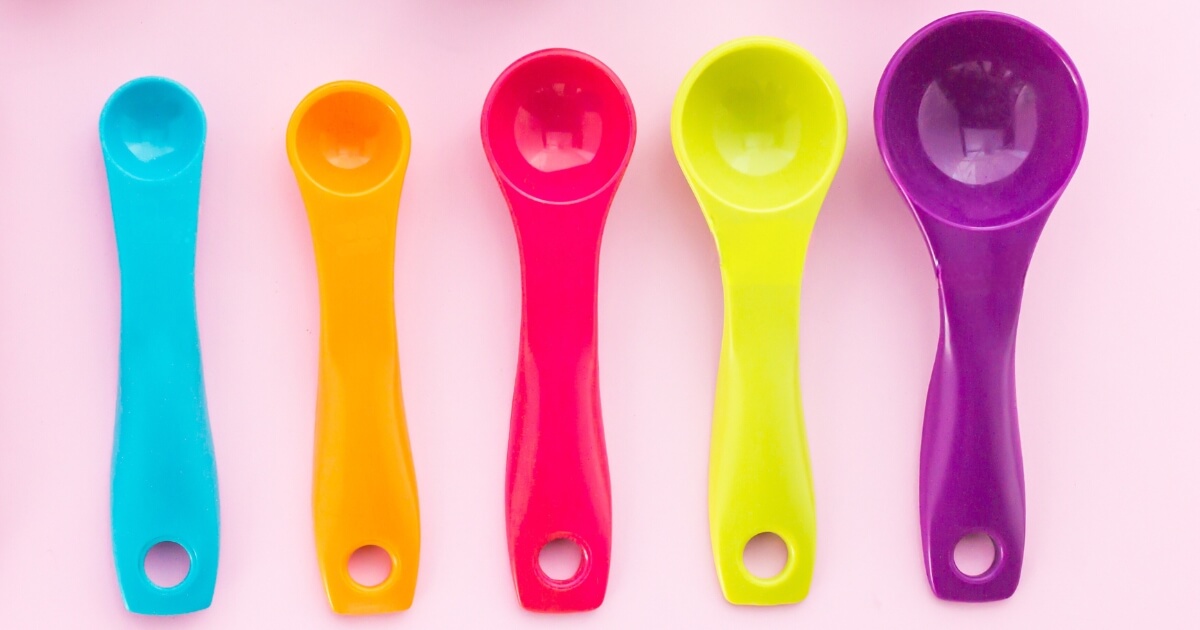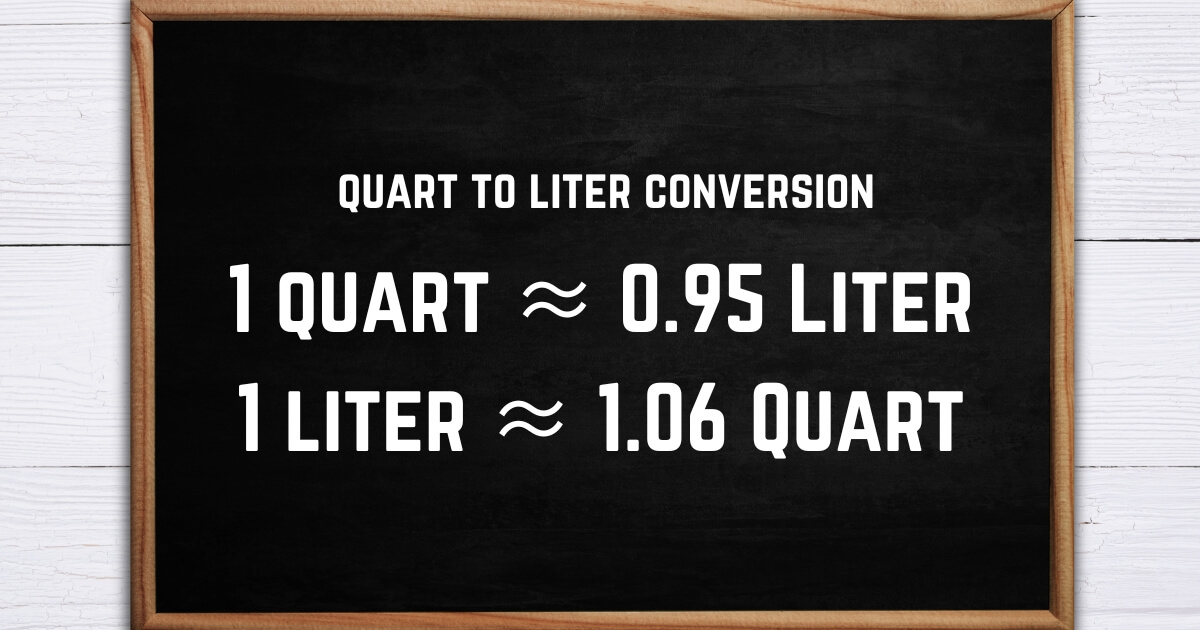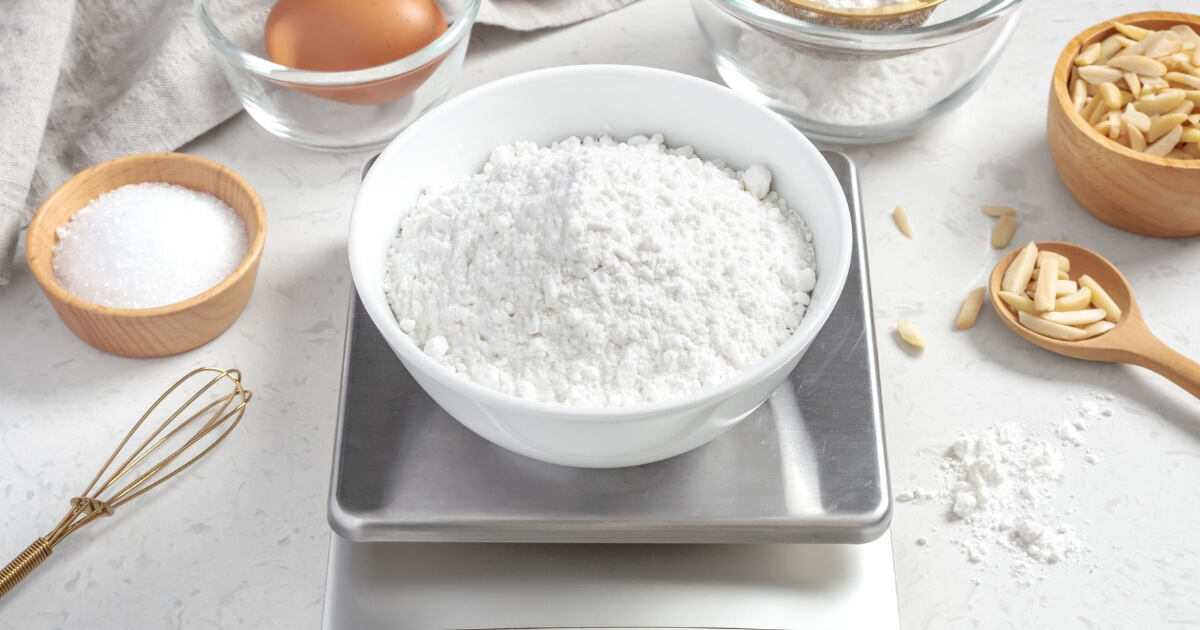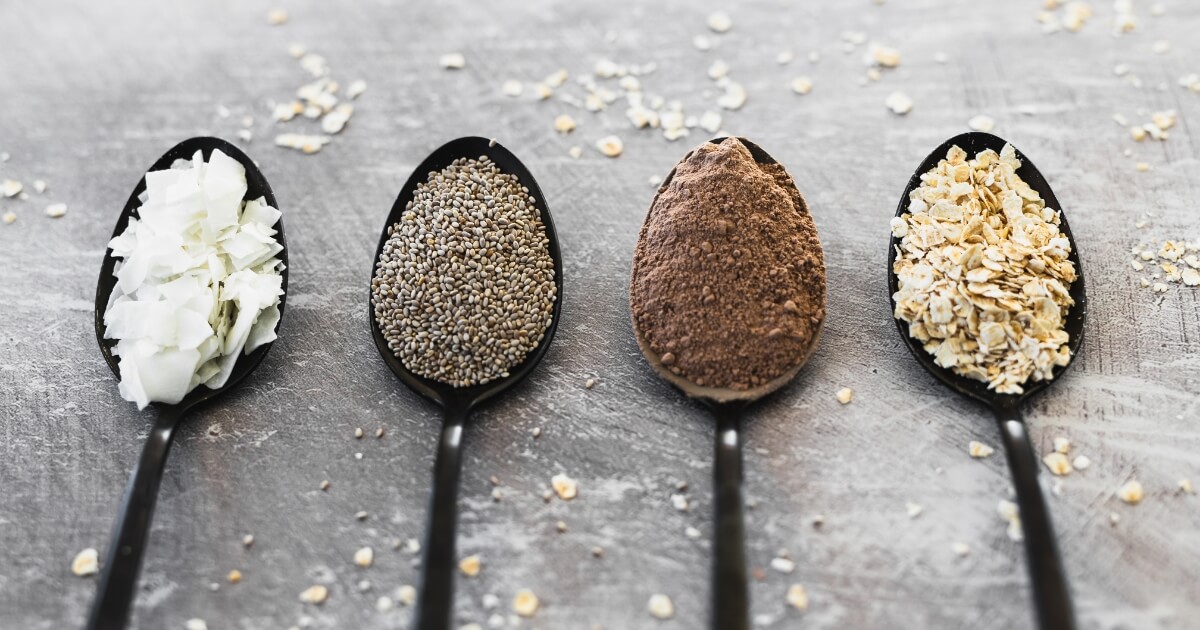Have you ever been in the middle of whipping up a recipe and stumbled upon the letter t in the ingredients list? You’re not alone if you’ve scratched your head wondering what it stands for.
It’s actually quite straightforward: ‘T’ is the abbreviation for ‘tablespoon,’ and ‘t’ is for ‘teaspoon.’ It’s a common measurement mix-up but can make a big difference in your cooking. One’s pretty hefty, the other’s more like a sprinkle.

Comparing ‘T’ And ‘t’ In Recipes
Here’s a quick cooking guide to the difference between ‘t’ and ‘T’:
- Teaspoon (t) or (tsp.): When you see a ‘t’ in a recipe, it’s talking about a teaspoon. This is the smaller of the two and is perfect for when you need just a bit of something, like spices or vanilla extract. Each teaspoon is about 5 milliliters, so it’s great for those precise, small measurements.
- Tablespoon (T) or (Tbsp.): ‘T’ is for tablespoon. This is your go-to when the recipe calls for more generous amounts of ingredients like oil, butter, or sugar. A tablespoon holds about 15 milliliters, which is three times what a teaspoon can hold.
Getting these two mixed up can really change your dish – a tablespoon instead of a teaspoon could overwhelm your flavors, or vice versa. Here are a few more examples that might make it a bit clearer for you:
- Balancing Flavors: Imagine adding three times the amount of garlic or chili powder than a recipe requires. The result? Overpowering flavors that can ruin a dish. A tablespoon ensures you add just the right amount of these potent ingredients.
- Baking Precision: In baking, accuracy is even more important. A little extra flour or sugar can completely change the texture and taste of baked goods. That’s where the trusty tablespoon comes in, helping you measure ingredients precisely for that perfect batch of cookies or cake.
- Sauces and Dressings: Tablespoons are also key in getting the consistency and flavor of sauces and dressings just right. Too much vinegar or oil can throw off the delicate balance of a vinaigrette.
So keep it straight: a small ‘t’ for a teaspoon and a big ‘T’ for a tablespoon. With this in mind, you’re set to follow any recipe accurately.
Tips For Measuring Teaspoons & Tablespoons
Here are some tips to help you nail those measurements every time:
- Leveling Off: When you scoop out a teaspoon or tablespoon of something, like flour or sugar, you might get a little more than you need. The trick is to level it off. Use the back of a knife or a straight edge to scrape off the excess, giving you a perfect, level measurement.
- Liquid vs. Dry Ingredients: For liquids, fill the spoon until it’s full and make sure it’s level with the top. For dry ingredients, avoid packing them down into the spoon unless your recipe specifically tells you to do so. This ensures you’re not adding too much.
- Invest in Quality Measuring Spoons: If you’re serious about your cooking, it might be worth investing in a good set of measuring spoons. They come in various materials like metal or plastic, but the key is that they are specifically designed for measuring, unlike your regular tableware.
- Consistency is Key: Always use the same method for measuring. If you start with the dip and sweep, stick to it for the whole recipe. Consistency in measurement ensures consistency in your cooking results.
Accurate measurements mean tasty results, so take a little extra time to measure correctly, and you’ll notice the difference in your dishes!









